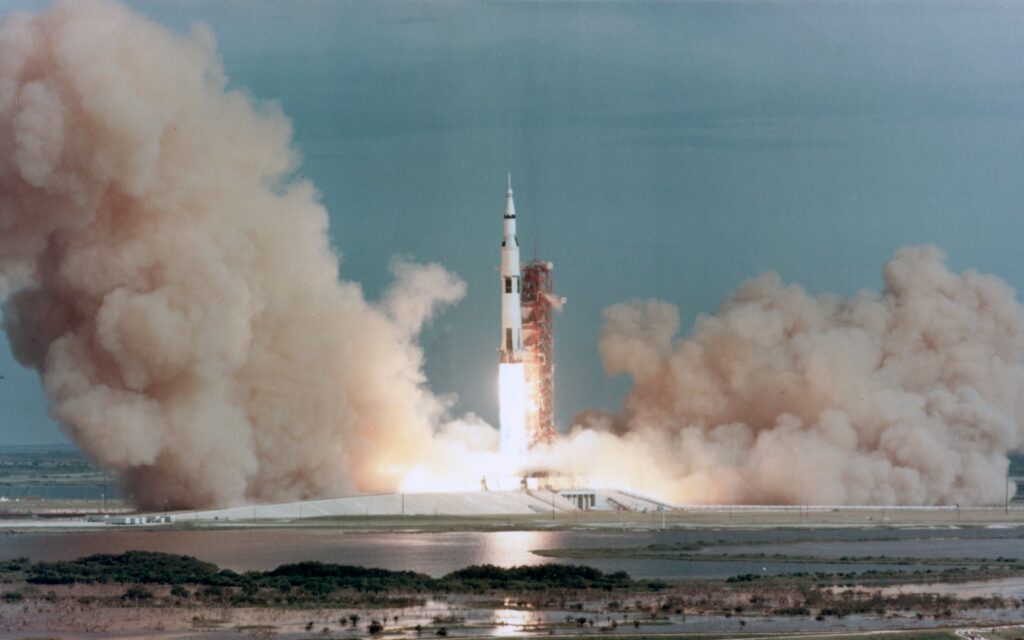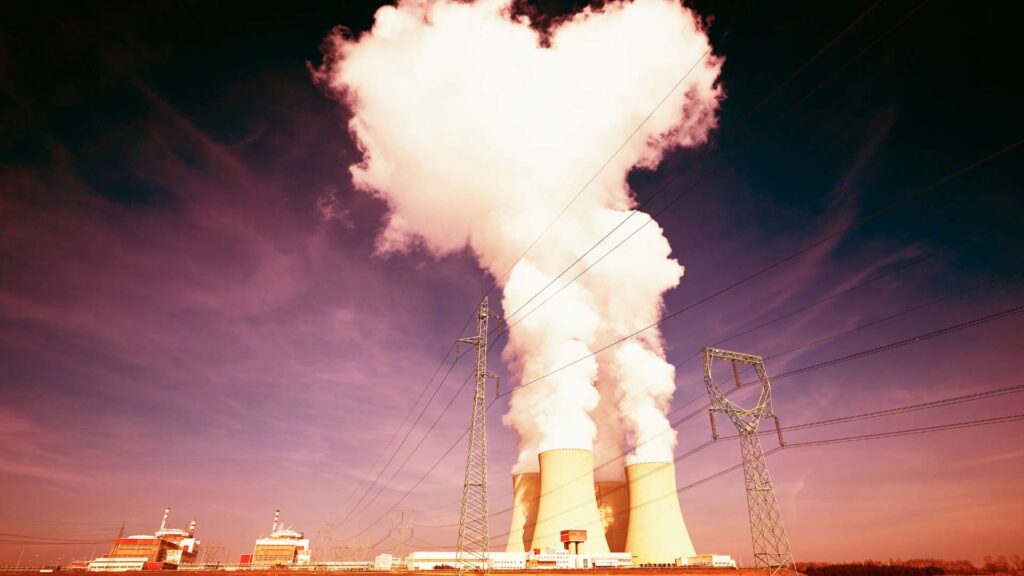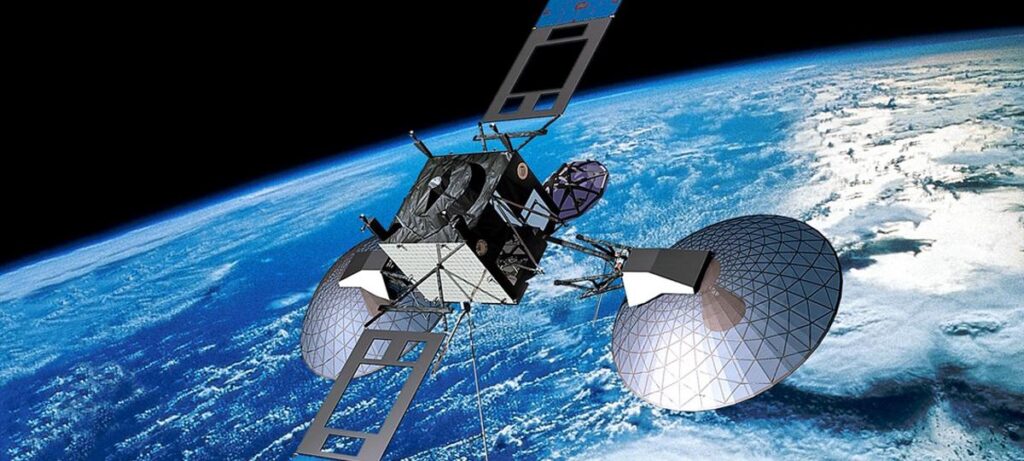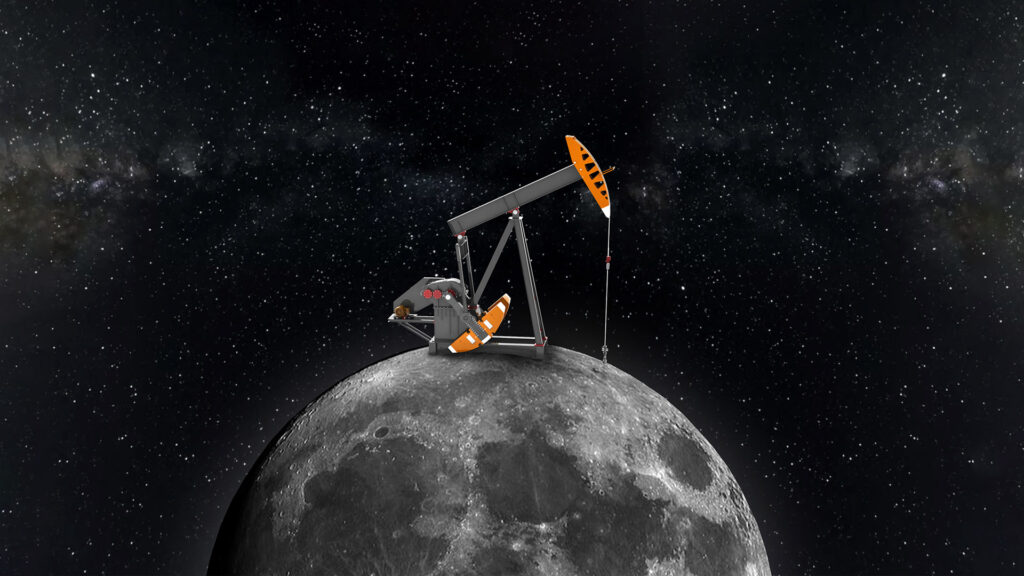6. The Return of the Space Race

A Second Cold War in Space?
Just like the original space race between the United States and the Soviet Union, today’s renewed push to return to the Moon is driven by global competition, national pride, and the desire to lead in space exploration and technology. and the Soviet Union, today’s renewed competition to explore and settle on the Moon reflects a deeper struggle for technological dominance and geopolitical influence. and the Soviet Union during the Cold War, today’s competition to reach and build on the Moon reflects deeper political tensions and global rivalries. The U.S.-China competition over technology, trade, and military reach is now extending beyond Earth.
China and Russia’s plan to build a nuclear reactor on the Moon puts them in direct competition with NASA’s Artemis program—not just in terms of strategy, but also in the bigger picture of global influence and ideals. While the U.S. focuses on international coalitions like the Artemis Accords, China and Russia are forming their own space axis.
NASA’s Response and Artemis Goals
NASA aims to land humans back on the Moon as early as 2027, with plans to set up the Artemis Base Camp sometime in the 2030s. However, NASA is primarily relying on solar power and has not yet committed to nuclear energy at the same scale.
That said, the U.S. The U.S. Department of Energy and NASA are working on fission surface power (FSP) systems, aiming to have them ready by the late 2020s—essentially America’s answer to the China-Russia lunar project.
7. Environmental and Safety Concerns

Lunar Safety Risks
Putting nuclear technology on the Moon comes with its own set of serious challenges:
- Launch failure: A crash could release radioactive material into Earth’s atmosphere
- Meltdown risk: A malfunctioning reactor could contaminate the lunar surface
- Space debris: Accidental collisions during deployment could cause radiological hazards
Earth-Based Ethical Questions
Some scientists and activists question whether nuclear systems should be launched at all, given the potential for catastrophic failure during rocket launch. Others argue that humanity should prioritize sustainability and peaceful exploration rather than turning the Moon into an industrial zone.
8. Legal and Treaty Implications

Outer Space Treaty of 1967
The foundational international space law—signed by 112 countries—prohibits the placement of nuclear weapons in space but allows peaceful nuclear technology.
Key points:
- No national sovereignty: Nations cannot claim territory on the Moon
- Use for peaceful purposes only: Nuclear power must not be used for aggression
- No harmful contamination: Nations must avoid polluting space or celestial bodies
While China and Russia’s plans do not explicitly violate the treaty, legal scholars argue that the absence of clear regulatory mechanisms could lead to tension.
Call for a Lunar Governance Framework
As more nations join the lunar exploration push, many experts are calling for updated international agreements—similar to maritime law—to regulate resource use, energy deployment, and environmental protection on the Moon.
9. Global Reactions and Strategic Concerns

United States: Alarm and Urgency
U.S. lawmakers and defense analysts have reacted with concern. The idea of China and Russia controlling nuclear infrastructure on the Moon raises fears about space-based weapons and asymmetric advantage.
Some have compared it to a modern “Sputnik moment,” urging accelerated investment in space capabilities.
Europe and Other Allies
European space agencies have largely focused on joining NASA’s Artemis program and developing their own lunar infrastructure. ESA (European Space Agency) officials have stressed the need for transparency and cooperation to avoid militarizing the Moon.
India and Japan, both rising space powers, are watching developments closely. India’s Chandrayaan-3 success and future plans for crewed missions may evolve in response to these nuclear developments.
10. The Long-Term Implications for Humanity

Step Toward Lunar Colonization
If successful, the Moon’s first nuclear reactor could become the cornerstone of humanity’s expansion into space. A self-sustaining base would serve as a testbed for Mars colonization and beyond.
Permanent bases could:
- Enable international research in astronomy, geology, and biology
- Process lunar resources like helium-3 and rare earth metals
- Create staging grounds for interplanetary missions
A New Era of Strategic Infrastructure
Just like naval bases once shaped the power and reach of old-world empires, future space civilizations could be defined by who controls bases on the Moon. Control over power, water, and infrastructure on the Moon could shape economic and military dynamics for decades.






